Dana Keller colorizes historic photos, bringing Abraham Lincoln, Louis Armstrong, and other historic figures to life. He helps modern people connect with the past.
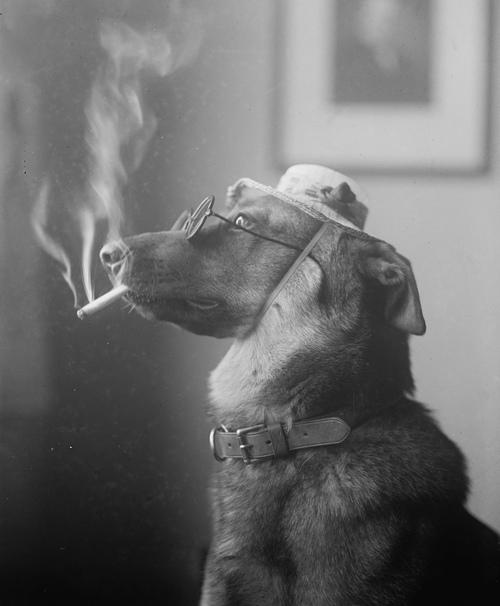


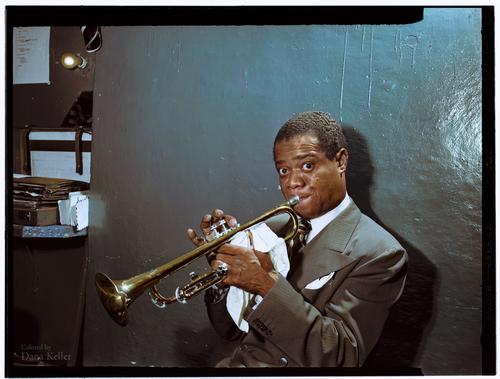


“There is an element of detachment that we have from historic black-and-white images. It’s as if they are only shadows from a time too long ago for any of us to remember,” Keller wrote on his website. “With our modern eyes, we are somehow disconnected from the real and vibrant world those photos are actually portraying. By adding color to these images of history, the viewer is brought a little closer to the reality in which they were taken.”


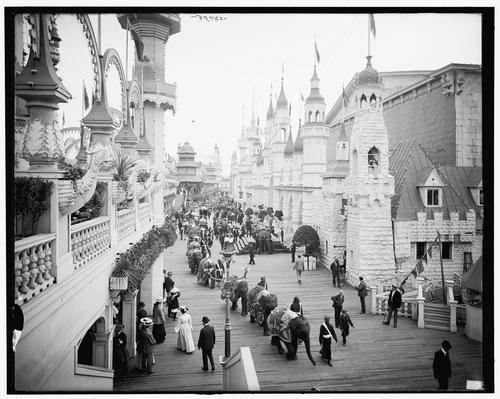
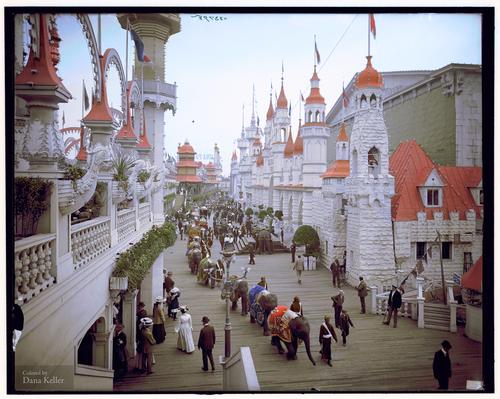
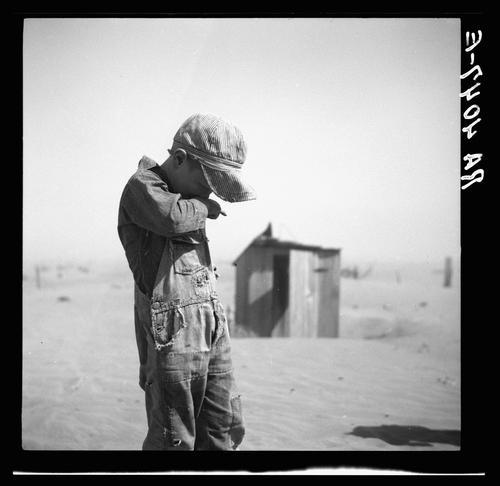
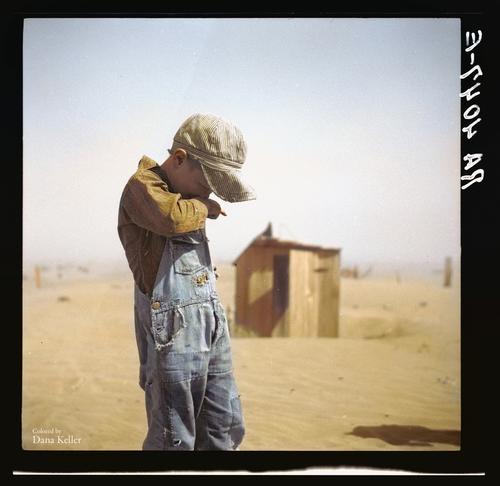
He is working toward becoming a historical archivist. His hobby of colorizing old photographs has earned more than 16,000 likes and a community of followers on his Facebook page.
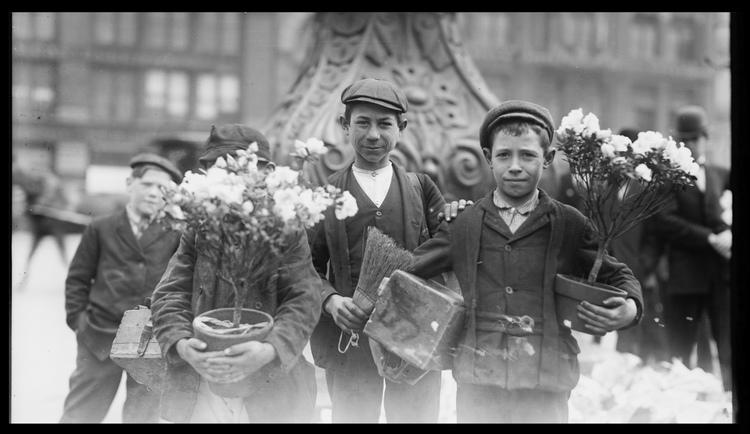
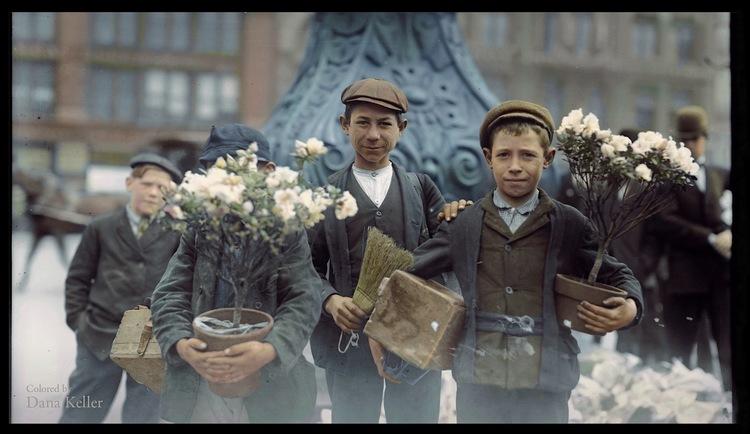
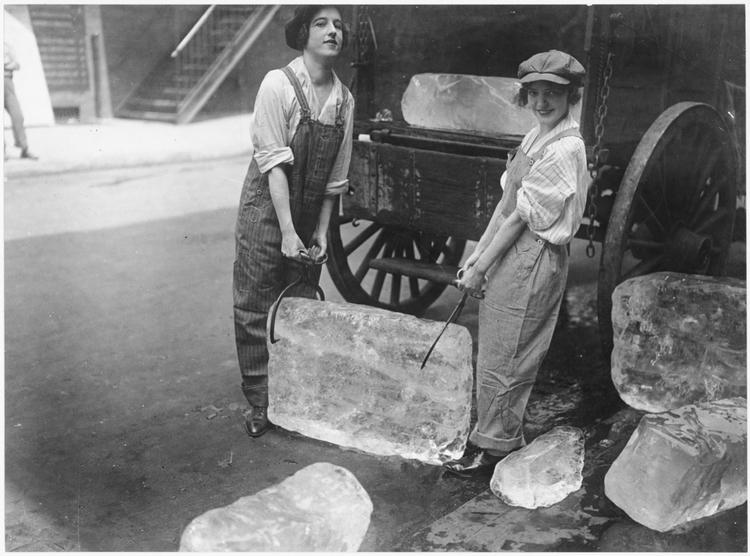
Girls help deliver ice on Sept. 16, 1918—work usually done by men—to help out during WWI.
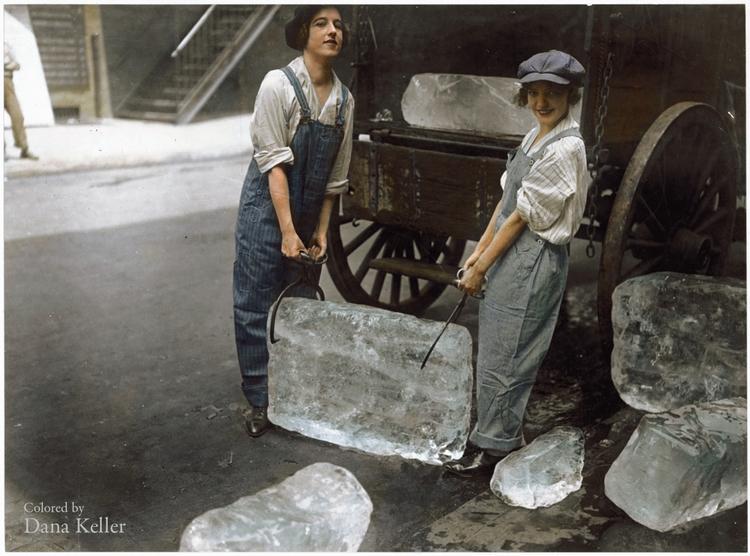
Girls help deliver ice on Sept. 16, 1918—work usually done by men—to help out during WWI, colorized by Dana Keller.


“Color establishes a renewed familiarity with the past,” Keller said. “Color can force us to instantly see an old photograph with a new perspective, and make it seem as if the past it portrays wasn’t that long ago after all.”
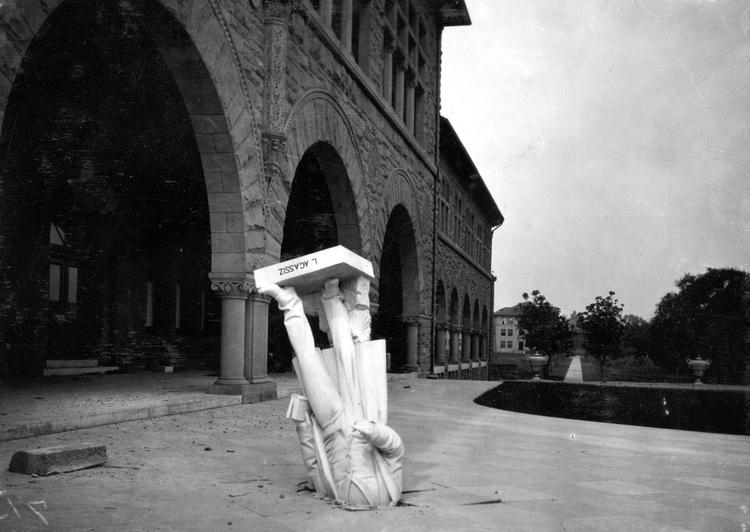
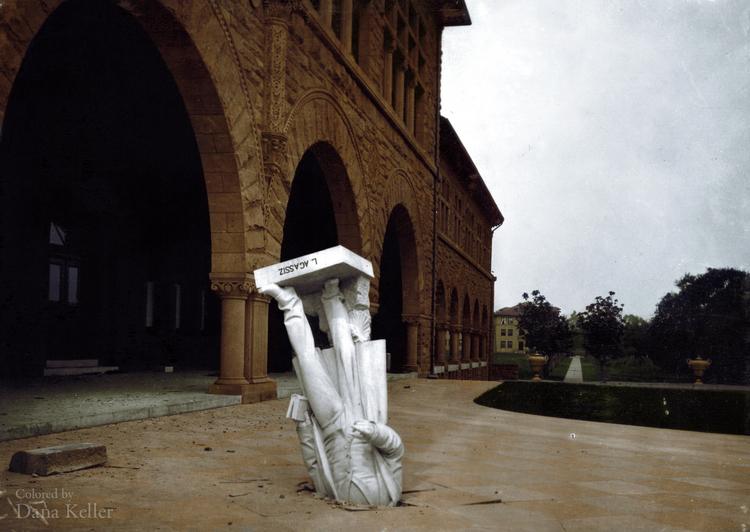
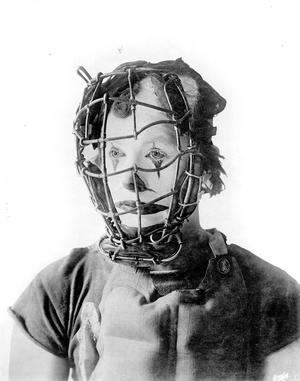
Legendary circus performer Frank "Slivers" Oakley, ca. 1904.
Known for his "One Man Baseball Game"
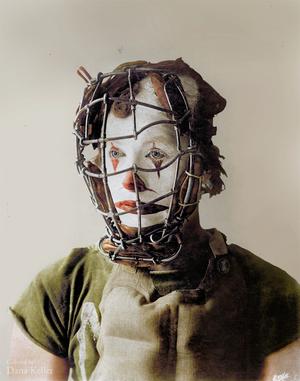
While Keller adds new life to old photos with colorization, some modern photographers enjoy the challenge of shooting in black-and-white. On a Digital Photography School forum online, photographers share some reasons they love black-and-white.


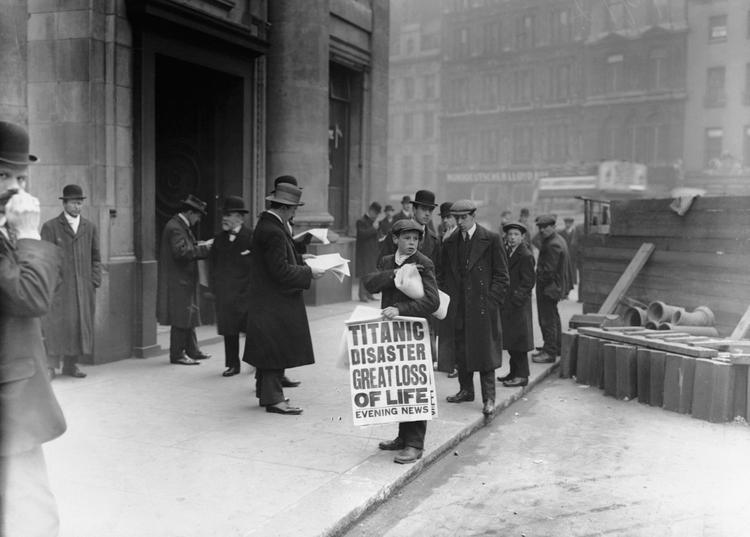
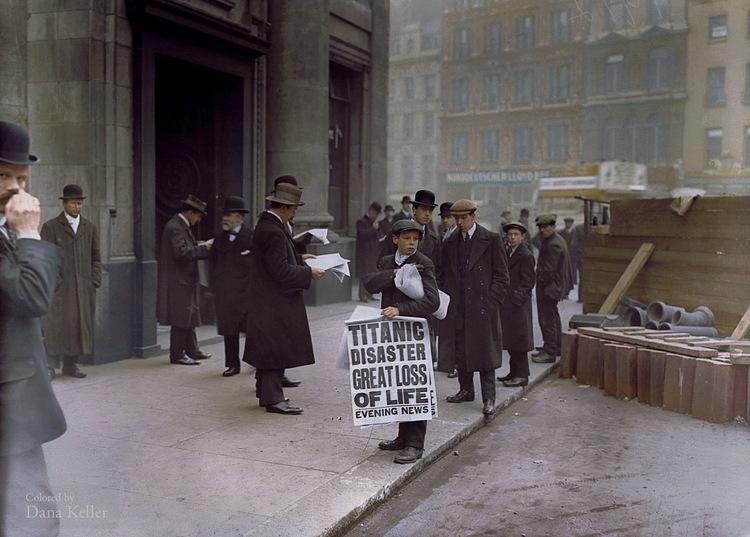
Shane wrote: “I find that colors can be terribly distracting in some images and can take the focus away from your subject. I do portrait work and find that taking the color out of an image lets the subject speak for themselves. Its raw, it’s stripped back, it’s honest and it allows you to show the true person.”
Jim wrote: “I love the subtlety of tones that black and white images can have. In a world that often boasts about how many millions of colors a TV or monitor is able to produce—I love that in ’mono' there is such a variety of what can be achieved in a photo. Black and White sounds so boring—but the fact is that there are so many shades in between. I love the challenge of bringing them all out in an image!”

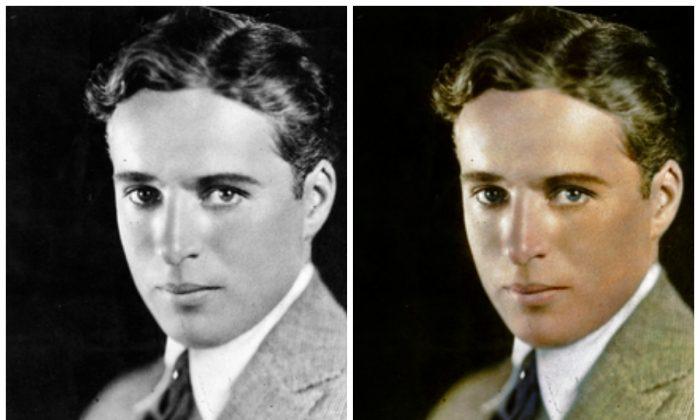




Friends Read Free